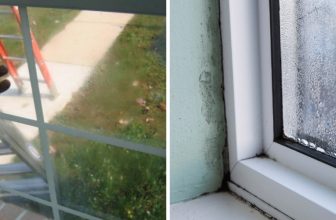How to Insulate RV Windows
With winter quickly approaching, you may be wishing you’d taken the time to prepare your RV for colder temperatures. One important part of that preparation that is often overlooked is insulating the windows, which can make a tremendous difference in temperature regulation and energy efficiency when done correctly. In this post, we’ll show you exactly how to insulate RV windows, so they become an effective barrier against heat loss in cold weather – arguably one of the most valuable and cost-saving measures any RVer can take!
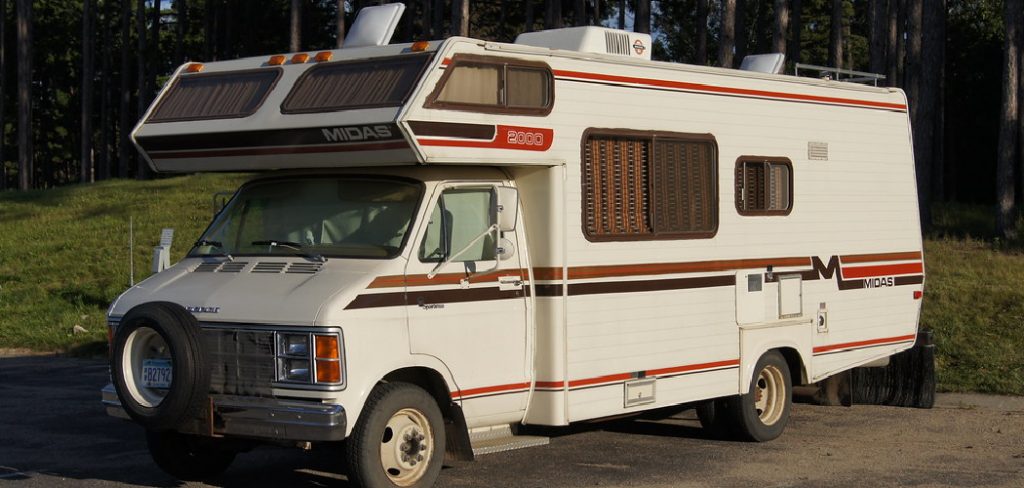
What Is the Best RV Window Insulation?
The best RV window insulation is a combination of materials that provide thermal protection, noise reduction, and air filtration. The most common materials used for RV window insulation are reflective foil bubble wrap, closed-cell foam insulation, fiberglass insulation, or a combination of the three. Reflective Foil Bubble Wrap is the most affordable form of RV window insulation and provides good thermal protection in the summer months.
Foil bubble wrap typically comes in sheets that can be applied to the interior side of your RV’s windows with an adhesive backing. This type of insulation will help keep out the heat during hot days and also help reduce sound from outside sources. Closed Cell Foam Insulation is another inexpensive option for RVs that provides both thermal protection and noise reduction. Closed-cell foam insulation is usually applied to the interior side of a window using spray adhesive or adhesive backing.
This type of insulation will help keep out heat and also dampen noise from outside sources. Fiberglass Insulation is the most expensive option for RV window insulation and provides the best thermal protection. Fiberglass insulation works by trapping air within its tiny fibers, creating a barrier between the interior and exterior of the vehicle. Fiberglass insulation can also help to block outside noise and reduce drafts.
8 Methods How to Insulate RV Windows
1. Add Window Insulation
One of the best ways to insulate your RV windows is to add window insulation. You can purchase window insulation kits that come with everything you need to insulate your RV windows. These kits typically include a clear plastic film that you attach to the window frame with double-sided tape. Once the film is in place, you use a hair dryer to shrink it so that it’s tight against the window. This will create an airtight seal that will help to keep heat in and cold out.
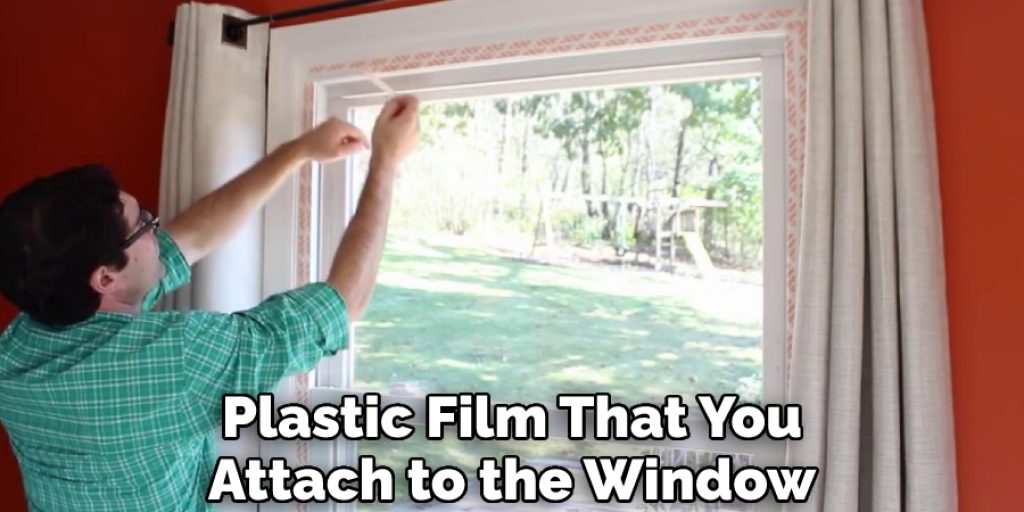
2. Use Reflective Tape
Another way to insulate your RV windows is to use reflective tape. Reflective tape is a type of tape that has a reflective surface on one side and adhesive on the other. You can apply the tape to the outside of your RV windows in order to reflect sunlight away from the RV. This will help to keep the RV cooler in the summer months and can also help to reduce heat loss in the winter months.
If you choose to use reflective tape, make sure that it is specifically designed for outdoor use. This will ensure that the tape will remain securely in place and will not suffer from weathering. Additionally, choose a tape that is rated for UV protection to keep the RV cooler and protect it from sun damage.
3. Install Interior Storm Windows
If you’re looking for a more permanent solution, you can install interior storm windows. Interior storm windows are designed to fit inside your existing RV windows and help to create an additional layer of insulation. Many interior storm windows are made from PVC or another type of plastic, which makes them durable and easy to clean.
4. Hang Insulated Curtains
Hanging insulated curtains is another great way to insulate your RV windows. Insulated curtains are made from a thick fabric that helps to block out light and heat. They’re available in a variety of colors and styles, so you can choose curtains that match your RV’s décor. When not in use, simply roll up the curtains and store them until they’re needed again. Installing insulated curtains is a simple process and doesn’t require any specialized tools.
5. Apply Window Film
Applying window film is another effective way to insulate your RV windows. Window film is a thin plastic film that you apply directly to the glass surface of your RV windows. It works by reflecting heat away from the window, which helps to keep the RV cooler in the summer months. In winter months, window film helps to reduce heat loss through the glass surface of the window.

Window films are available for purchase in various sizes and colors, so you can select the one that best matches your RV’s style. You will need to follow the instructions that come with your window film carefully in order to ensure a proper application.
6. Install Foam Board Insulation
If you’re looking for a more permanent solution, you can install foam board insulation behind your RV windows. Foam board insulation is made from rigid panels of foam that are cut to fit behind your RV windows. Once installed, foam board insulation provides an extra layer of protection against heat loss and can also help to reduce noise levels inside the RV.
If you choose to install foam board insulation, you’ll need to make sure that it is installed correctly and that it fits snugly behind the windows. The insulation should also be firmly secured with adhesive or screws to prevent it from shifting over time. This type of insulation is more permanent than other options, so it is a good choice if you plan on using your RV for an extended period of time.
7. Use Bubble Wrap Insulation
Bubble wrap insulation is another inexpensive option for insulating your RV windows. Bubble wrap consists of sheets of plastic with tiny air bubbles trapped inside. When applied to the window, bubble wrap insulation helps to reduce heat loss and also dampen outside noise. You can find bubble wrap insulation at most home improvement stores or online retailers.
Although bubble wrap insulation is not as effective at reducing heat loss as other types of window insulation, it can still make a noticeable difference in the comfort levels inside your RV.
8. Install Window Quilts
Window quilts are a type of insulated fabric panel that fits over your RV windows to create an extra layer of protection from the elements. They’re lightweight, easy to install and come in a variety of colors and patterns so you can match them to your RV’s décor. Window quilts are a great option if you want to reduce heat loss and keep your RV windows looking attractive.
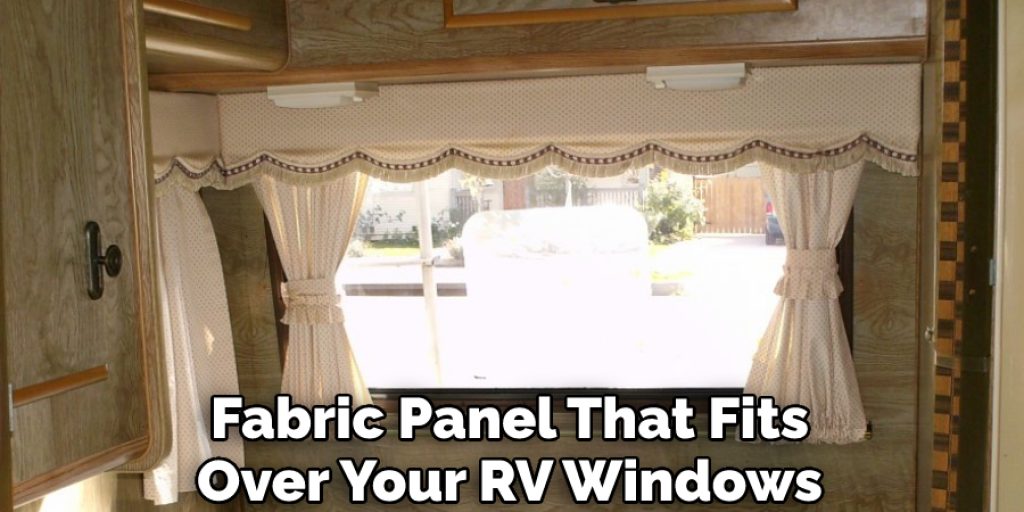
They’re also very affordable and can easily be removed when not in use. To install window quilts, simply measure the size of your window and use the provided clips to attach the fabric panel to your RV window frame. By following these tips, you can easily insulate your RV windows and help conserve energy inside your RV. With the right insulation in place, you’ll be able to enjoy a comfortable environment year-round and save money on your energy bills. So don’t wait – start insulating your RV windows today!
Things to Consider When Insulting RV Windows
1. Pick the Right Material:
The right choice of insulation material will depend on the type of RV window you have, your budget, and how much time and effort you want to put into the insulation process. Some of the most popular materials for RV window insulation include bubble wrap, foam board, cover film, and foil-backed foam board.
2. Measure Properly:
Accurate measurements are key when insulating RV windows. Make sure to measure your window opening both lengthwise and widthwise in order to determine how much material you need to purchase or make.
3. Consider Weatherization Needs:
If you live in an area with extreme temperatures, it is important to consider weatherizing your RV windows by using more insulation material than usual. This will ensure that your RV stays comfortable no matter what the weather outside may be like.
4. Consider Privacy & Light-Blocking:
Depending on the type of insulation material you choose, some materials are better suited for providing privacy than others. Additionally, if you’re looking to block out light from entering your RV through the windows, consider using thicker material or even adding blackout curtains for extra security and soundproofing.
5. Follow Manufacturer Guidelines:
If available, read the manufacturer guidelines before installing your window insulation, as they may provide additional tips and tricks. Following these guidelines will help ensure that your RV windows remain properly insulated over time and stay in top condition.
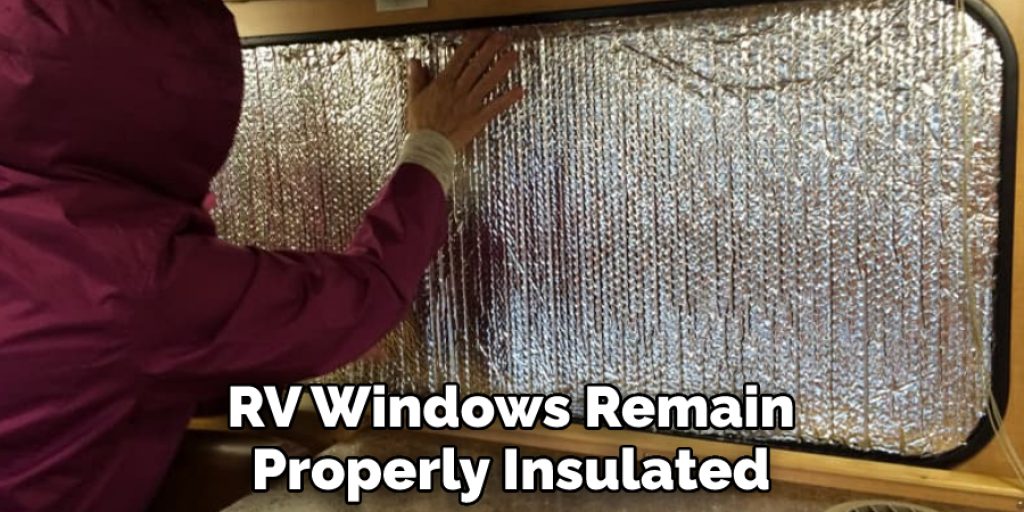
Conclusion
You now know how to insulate RV windows. This will help you keep the heat in and the cold out, making your RV more comfortable all year long. It’s a relatively easy project that anyone can do, so there’s no excuse not to give it a try. By following the tips above, you can be sure that your RV windows are well-insulated and protected from extreme temperatures. Not only will this keep you comfortable while you’re on the road, but it will also help extend the life of your RV.




